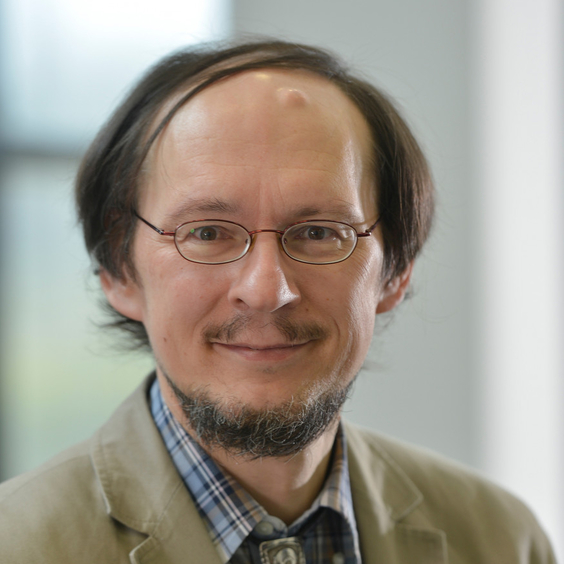AI and the Challenge of How to get from Synthesis to Understanding
Many of the tasks that were in the focus of AI research for more than 50 years have now become solved through recent break-throughs in deep learning. Examples include recognizing objects in real world scenes, speech recognition and understanding, or playing games such as chess and Go at or beyond human expert level. However, and somewhat disturbingly, the algorithms that underly these breakthroughs are by and large the same that have been known already decades ago - but ported to tremendously faster processors and trained with data sets that were unthinkable in the earlier days of AI. This raises the question: what is at the core of our understanding of the mechanisms that underly intelligent behavior and cognition? Can we be satisfied with just synthesizing cognitive skills through scaling a numerical cost minimization algorithm to a huge data space, or is there still a need and possibility for more insightful representations about how cognition works – and if so, what might be suitable research avenues towards that goal? Looking at several examples, such as category formation, recognition of topological structure from images, and reinforcement learning we will discuss some pertinent aspects and argue that one way lies in creating new bridges between deep learning and strong structural priors in order to create insightful representations of how cognitive processes can form the abstractions that ultimately allow us to learn from few examples, enable invariances and strong generalization, and create insightful and explicitly communicable models.

Dr. Helge Ritter
-----------------------------------------
Director of Cognitive Interaction Technology Excellence Center, University of Bielefeld
Helge Ritter studied Mathematics and Physics at the Universities of Bayreuth and Heidel- berg and obtained a PhD in Theoretical Physics at TU Munich in 1988. After research stays at Helsinki University of Technology and at the University of Illinois at Urbana Champaign (USA) he joined the Faculty of Technology at Bielefeld University where he is leading the Neuroinformatics Group. Helge Ritter’s main interests are principles of neural computation and, in particular, self-organising and learning systems, and their application to robot control, manual in- telligence, machine vision, data analysis and interactive human-machine interfaces. He has authored or co-authored numerous papers in these fields. In 1999 Helge Ritter was awarded the SEL Alcatel research prize and in 2001 the Leibniz Prize of the German Science Foundation. He is a member of the Scientific Advisory Council of the Bielefeld Center for Interdiciplinary Research – ZiF, the Faculty of the Parmenides Foundation at Munich, the Scientific Advisory Board of the Max Planck Institute for Intelligent Systems Tu ̈bingen, the North Rhine Westfalian Academy of Sci- ences, the Senate of the German Science Foundation DFG, and the German Academy of Science and Engineering (acatech). He has been a founding member and Director of the Institute for Cognition and Robotics (CoR-Lab) and since 2007 he is Coordinator of the Excellence Cluster Cognitive Interaction Technology at Bielefeld University.



